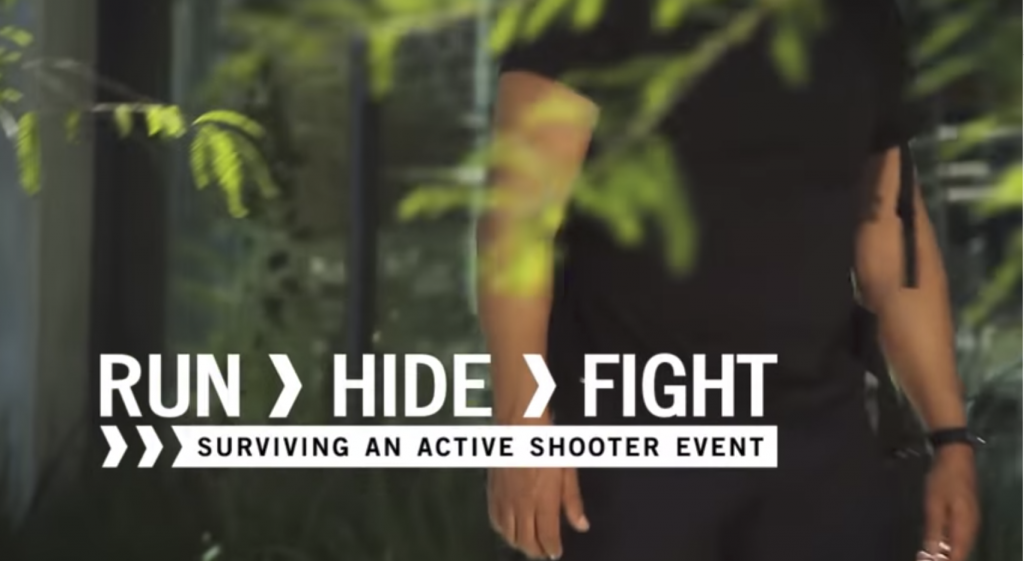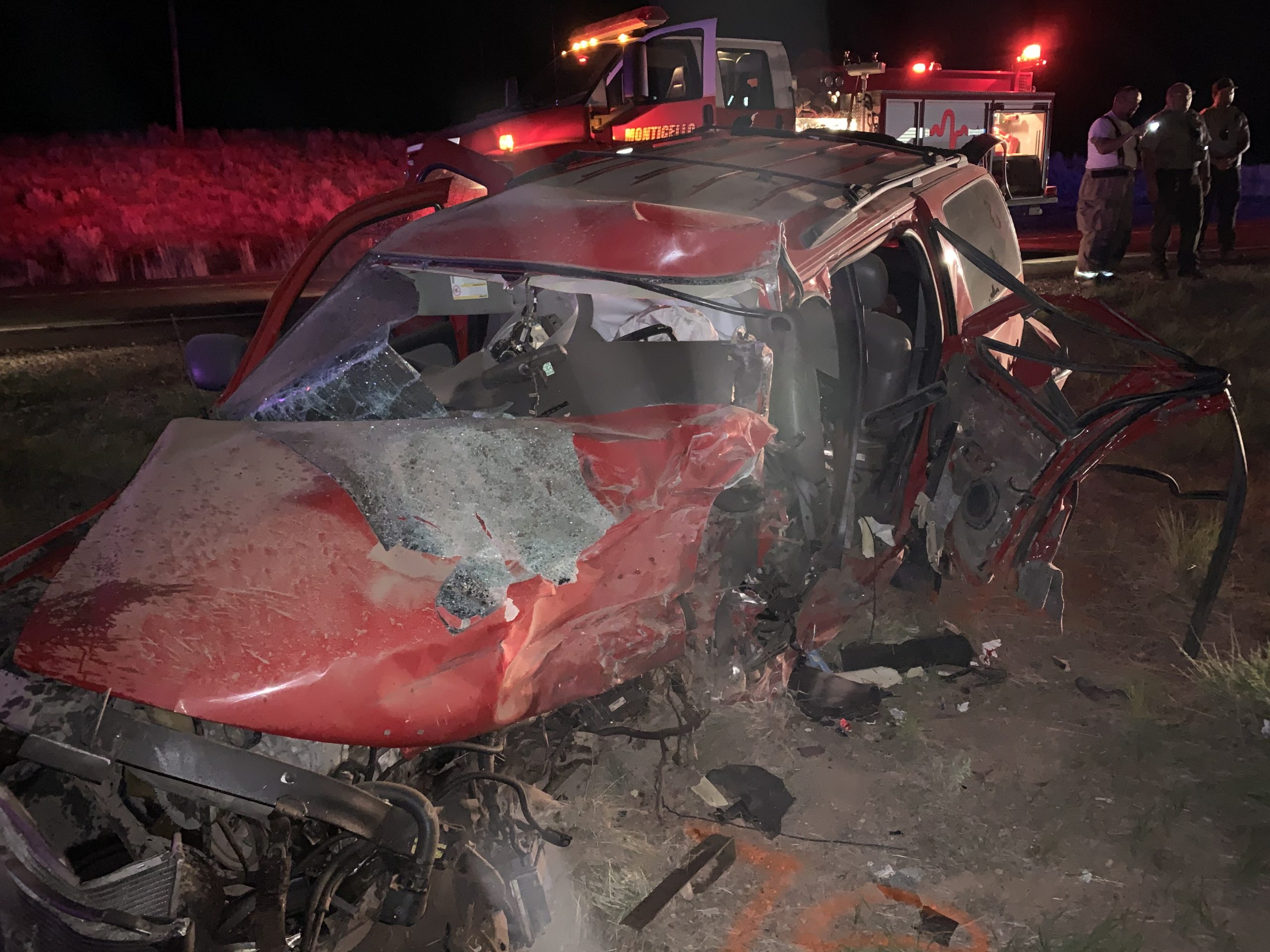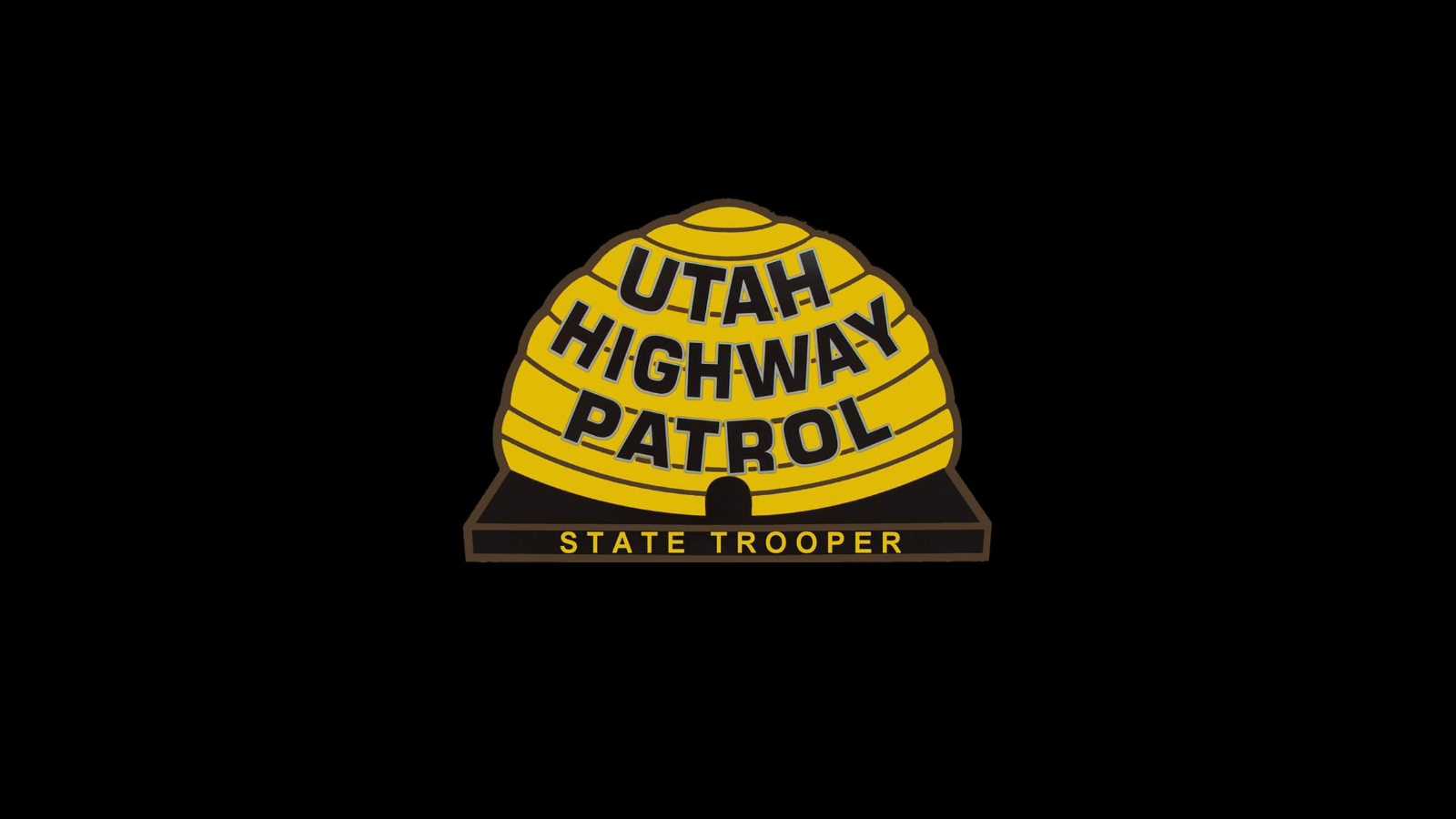TOP STORY
Protecting Utah
How to prepare for an active shooter incident
This article is part of our #UtahHazards411 series, to help Utahns understand what hazards exist and why they need to prepare for them.

We recognize that shopping malls and other crowded places pose a special challenge in planning for emergencies, such as for an active shooter. The gang-related shooting at Fashion Place Mall on Sunday, Jan. 13, 2019, highlighted those challenges:
- The population in a shopping mall is constantly changing.
- There are many part-time and young employees with regular turnover.
- The spaces are large.
- Exits are unfamiliar.
- There are often large crowds.
- On top of that, a malfunctioning alarm system sounded moments before the shooting, adding to the confusion.
Those factors are precisely why solid planning and training are in order for any similar target: malls, stadiums, arenas, etc.
Our Division of Emergency Management recommends the following for personal preparedness and for the facilities themselves:
Personal preparedness
- Reality check: Although shooting incidents are statistically unlikely to happen where you are, you can take steps to be ready.
- Be in the habit of identifying exits when going to a new location.
- Be aware of your surroundings.
- If you are faced with an active shooter, you should be prepared to run, hide or fight if necessary to stop the threat. Some agencies will tell you avoid, deny or defend. Both are easy to remember and have the same purpose: Understand your options and use the best one.
- Take first-aid and CERT classes, which can help you be an effective first responder if something bad happens.
- Family members should have a communications plan if they are separated during an incident, a way to check in with one another.
Facility preparedness
- Site owners and managers should conduct a thorough risk assessment of their site.
- They should be realistic about the idea that no location is immune from something like this happening.
- They can consult with the Utah Department of Public Safety Division of Emergency Management staff on planning considerations.
- They should ensure they have communications plans to address store employees and patrons during an incident.
- They should build relationships with local law enforcement to create familiarity with the location.
- They should train store employees on emergency procedures and conduct drills.
- Store employees should also take first-aid training.
Joe Dougherty is the public information officer for the Utah Division of Emergency Management. jdougherty@utah.gov






SHARE THIS STORY